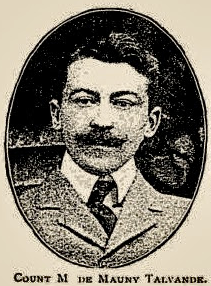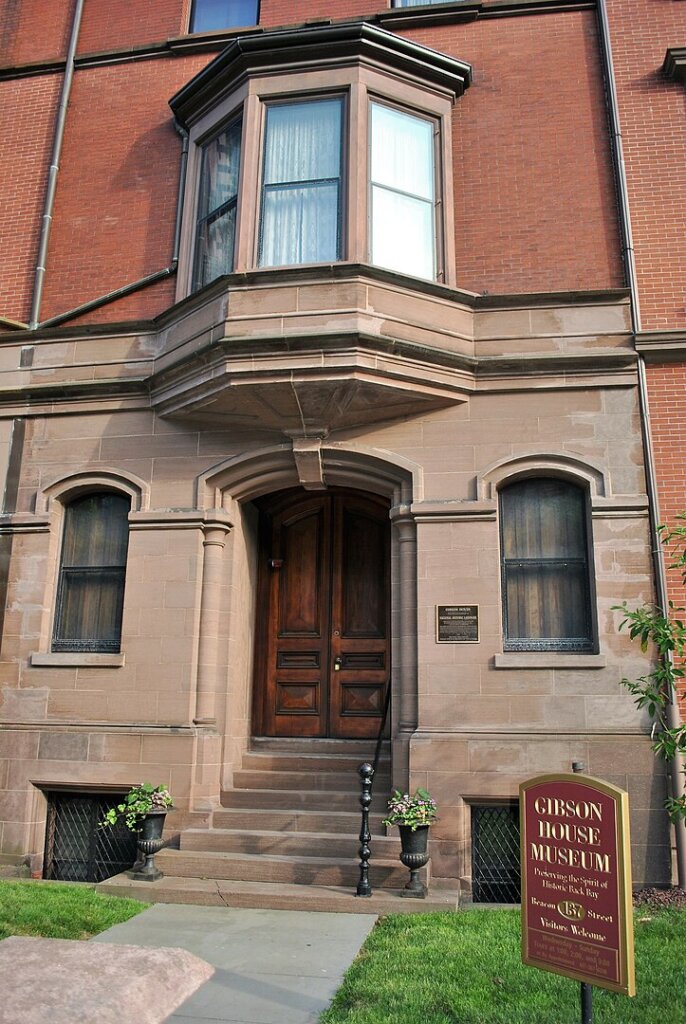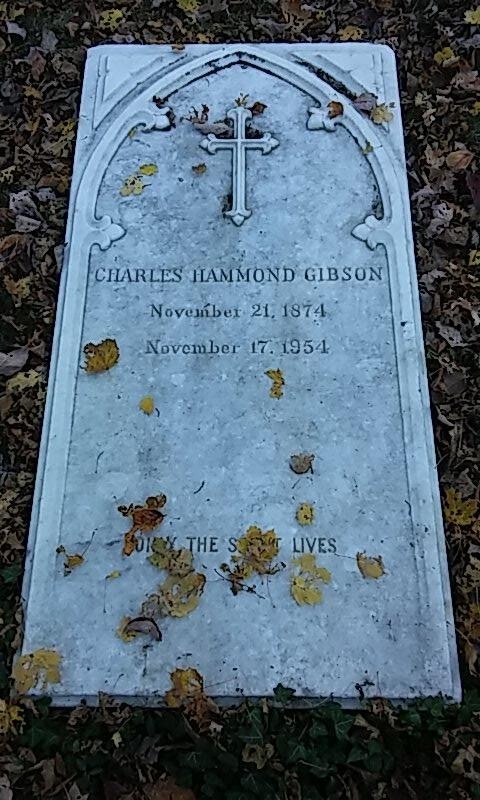
Charles Hammond Gibson Jr. (1874-1954)
Author, Poet, & Preservationist
Charles "Charlie" Hammond Gibson Jr. was born into the wealth and social decorum of Boston's Back Bay during the Victorian era, an environment he idolized and later worked to preserve with the establishment of the Gibson House Museum.
He received his early education at private schools in Boston, attended St. Paul’s School in Concord, New Hampshire, and briefly studied architecture at MIT before withdrawing after a year. He furthered his education through travels to Italy, France, and England. In London, he assisted the prominent newspaper publisher Lord Northcliffe with the Jackson-Harmsworth Polar Exposition of 1894. As Northcliffe's secretary, Gibson conducted research at the British Museum and in France, which he used for his book "Two Gentlemen of Touraine," a study of the Royal Chateaux of France published under the pseudonym Richard Sudbury in 1899. He later published "Among French Inns" in 1907 under his own name.

In his teens and early twenties, Gibson was part of a "bohemian" subculture, a term often signaling queer communities centered around artistic pursuits like architecture, writing, and interior design. His contemporaries included Ogden Codman and Henry Davis Sleeper. Although Gibson never married nor had a long-term partner, he maintained a close, romantic relationship with Maurice Talvande, the Count de Mauny, during his twenties in France.
Gibson had a lifelong passion for poetry and writing, publishing his first poem, a sonnet, in the Boston Transcript in 1894. He continued to write prolifically, with the museum’s archives containing his poetry, travel lectures, odes to dignitaries, a family genealogy, and even song lyrics. After the relative success of his travelogues, Gibson self-published two volumes of poetry, including "The Wounded Eros" (1908), a collection of sonnets about unfulfilled love. He offered lectures on travel and history and poetry readings in Boston parlors.

Charles returned to the Gibson House to care for his ailing mother in 1934. Nostalgic for the Boston of his youth, he witnessed his beloved neighborhood's transformation as many of his former neighbors moved to the suburbs. The creation of the Gibson House Museum was Charlie’s way of preserving the aesthetics and society of his youth. He infused his 1930s-era perspective into the preservation of his family’s 1800s-era Victorian possessions, hoping the museum would serve as a testament to his family's importance and a shrine to his own literary accomplishments.
Lester Beck, who served as Gibson's part-time secretary, described him as a "very formal, patrician man" who was always impeccably dressed. Gibson's obituary, which he wrote himself, portrayed him as a "poet and horticulturist" proud to be a "proper Bostonian." He counted among his friends notable figures like Isabella Stewart Gardner, members of the London Court Circle, and Newport society leaders.

Charles Hammond Gibson Jr. is buried in the Gibson family plot at Mount Auburn in lot 472 on Sweetbrier Path
Footnotes:
The Gibson House. Our LGBTQ History: https://www.thegibsonhouse.org/our-lgbtq-history
The History Project. Improper Bostonians: Lesbian and Gay History from the Puritans to Playland. https://archive.org/details/improperbostonia00barn/page/123/mode/2up
